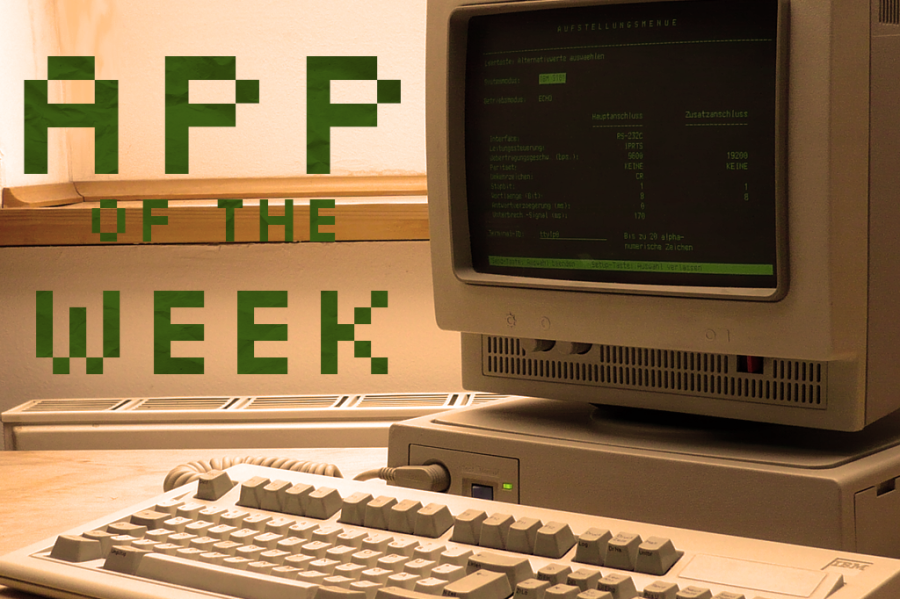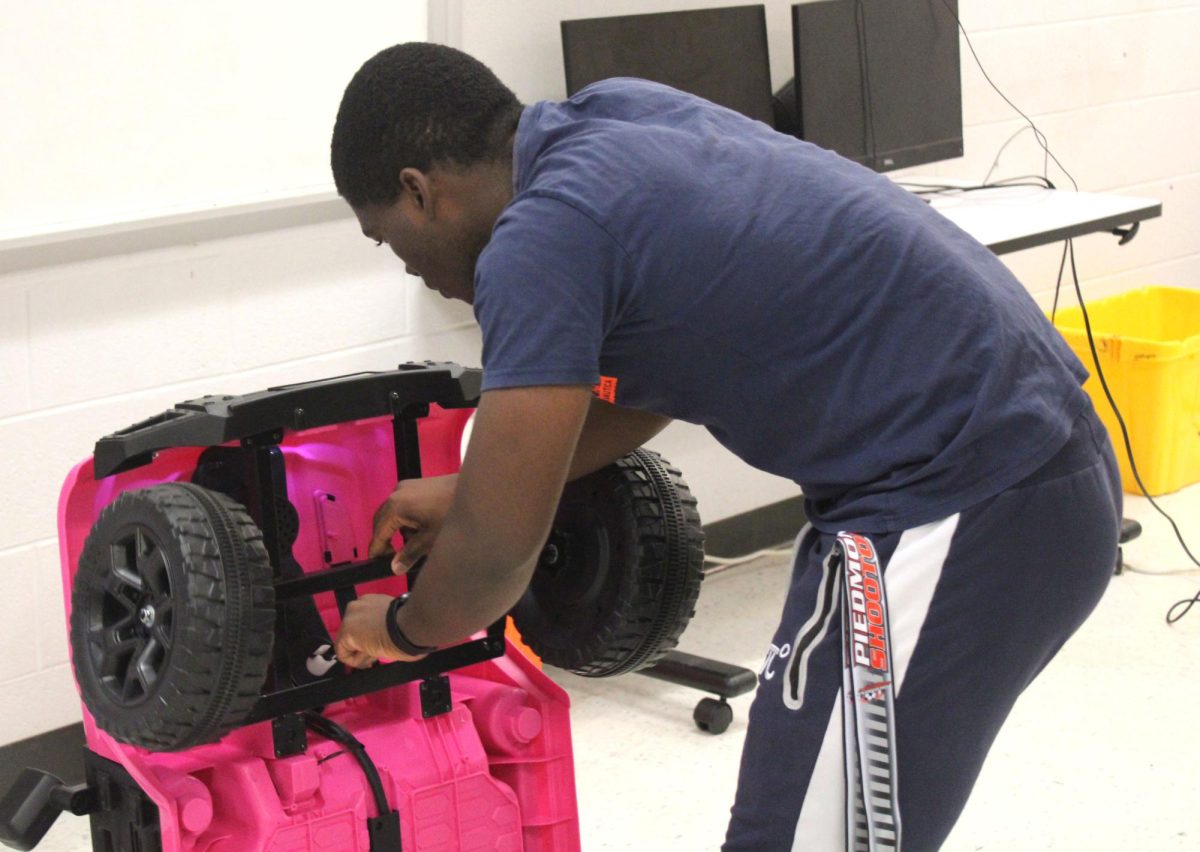Blog: Windows 10: Sorry, but have some holograms
January 28, 2015
The tech world wanted an apology from Microsoft at last week’s Windows 10 event, but instead we got a virtual reality headset. We wanted everyone at Microsoft to say, “Look, Windows 8 was a flop. We made an awful operating system. Here’s our great new operating system, Windows 10, to make up for it.”
(For the confused, Microsoft decided to skip “Windows 9” entirely and call their next iteration of Windows “Windows 10.” It baffles me too.)
Sure, Microsoft didn’t entirely disappoint Windows users: they announced the return of the eons-beloved start menu and a free upgrade to Windows 10 (but only to current Windows 7 or 8 users), but, otherwise, Microsoft is heading in entirely the wrong direction. The entire company lacks a fundamental understanding of what the average consumer wants and seems bent on pursuing an incorrigible agenda.
Microsoft’s problems began with the release of Windows 8 in 2012. The methodology behind their new OS was this: if the same OS runs on desktops, laptops, and tablets, it would make for a more elegant, streamlined computing environment. Their logic was flawless, right? The problem? People hate running full screen tablet apps on their desktops. Who would want to do that?
Thus, Microsoft encountered the problem with their shiny new OS: nobody wanted it and everybody hated it. So, in order to appease the masses, they tacked a glitchy version of Windows 7 onto this much-loathed cross-platform philosophy, resulting in the terrible amalgam that is today known as Windows 8.
Sales suffered. Many frustrated Windows users begrudgingly converted to Mac or Linux. Microsoft needed a saving grace: a revolutionary update! Their customers were dropping like flies, after all. This brings us to their Windows 10 event last week.
They didn’t make the previously mentioned apology. Windows 10, judging from what they showcased, bears the same lackluster qualities that the previous version did. Instead of examining what worked from their last wildly successful (and, for good reason, still widely used) OS, Windows 7 and expanding on that, Microsoft continues to beat the dead horse that is Windows 8.
Get ready, Windows users, for more bad minimalist design, more labyrinthine menus, and apps that run fullscreen. Get ready for a mouse-and-keyboard mode and a touchscreen mode. Oh, excuse me, Windows has actually addressed the fullscreen app dilemma. Now you can run the those fullscreen tablet apps in a window. That’s innovation, folks.
Microsoft is pulling the plug on Internet Explorer. This decision was made, I suspect, because Internet Explorer is regarded by many to be one of the worst web browsers ever created. Rebranding is needed for the company to stay afloat. Their new browser was enigmatically referred to throughout the event as “Project Spartan.”
Have you ever wanted to draw on a webpage and send it to your friends? Me neither. That’s what you’ll get with Project Spartan. Hold on to your hats, folks.
Furthermore, Microsoft’s new Siri knockoff, Cortana, is coming to Windows 10. Formerly, the voice-activated assistant was only available on Windows Phones. You can ask it to search files on your machine by saying “Hey, Cortana” followed by the name of a file. (Does “Hey, Siri” ring any bells?) I can see how Cortana would be useful in certain circumstances, such as retrieving factual information, but, otherwise, the old mouse-and-keyboard method seems more efficient.
I guess Microsoft wants to bridge the gap between gaming consoles and computers too. Windows 10 allows you to stream XBox One games to your computer. This concludes the things Microsoft announced before their Windows 10 event got really, really weird.
They unveiled an 84-inch, 4K touchscreen, called the Surface Hub–equipped with microphones, two cameras, and what Microsoft calls “advanced sensors.” (Go figure.) Here’s what Microsoft had to say about their gargantuan display:
“…the Surface Hub features state-of-the-art digital white boarding; instant remote conferencing; the ability for multiple people to share and edit content on the screen from a laptop, tablet or phone; and a trusted platform for large-screen apps. Available in two sizes — 55-inch and 84-inch — the Surface Hub removes the current limitations of traditional conference room scenarios to empower teams to create their best work together.”
Microsoft created a giant computerized whiteboard, I guess. It’s probably great for… I don’t know, architects? For sketching plans for buildings? How about fixing our operating system? No. They invested millions in a virtual reality headset instead of Windows 10. Thanks. Thanks. It’s called the Holo-Lens.
The headset, along with making the wearer look like a rejected Daft Punk member, augments the world around you with (you guessed it!) holograms. Microsoft is calling it “the most advanced holographic computer the world has ever seen,” which, despite the audacious nature of the claim, might be true. The headset has a built in CPU and GPU. It does an entirely different thing than the Oculus Rift; instead of immersing you in the a computer generated world, it, again, makes holograms.
Imagine! Holographic Minecraft, which Microsoft now owns, on your coffee table! Skype calls that float in front of your face! Televisions that are holograms! Motorcycles that are holograms! Microsoft’s concept video flaunts all of the above possibilities, but these possibilities seems like fantasies more than anything.
All I wanted was a good OS.
A tech company works best when they keep a foot in the future and a foot in the present. Microsoft is enthralled by a series of could-be’s, but is neglecting the very thing that made it the tech giant it is today: desktop operating systems. Granted, a world where tiny holographic people send us messages would be pretty cool (Help me, Obi-Wan Kenobi!), but Microsoft needs to hunker down and focus on all aspects of their company before that becomes a reality.
Until then, Windows 7 is a great operating system, and so is OSX. For the adventurous, here’s a guide to getting started with Linux. Microsoft has good intentions, but, I think, two feet in the future. Once they find their footing, we’ll see where their intentions take them.




















Holus • Oct 29, 2015 at 2:43 am
Thnaks For sharing that article with us …